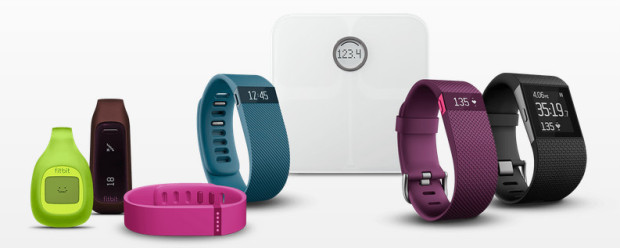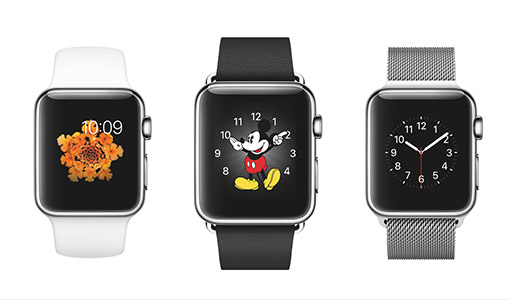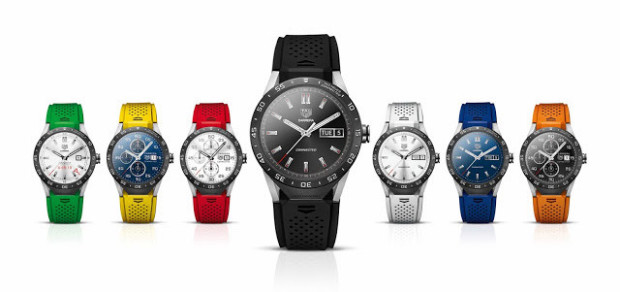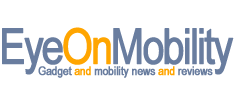 Predictions that Apple would leap ahead of Fitbit on the strength of Apple Watch sales proved inaccurate as Fitbit remained the “undisputed worldwide leader of wearable devices” in Q4 2015 according to the latest International Data Corporation (IDC) Worldwide Quarterly Wearable Device Tracker. After shipping 4.7 million devices in the previous quarter, Fitbit shipped a further 8.1 million wearables in Q4 to bring its tally for the year to 21 million units. IDC attributed Fitbit’s success in the wearables market to “a well-segmented device portfolio, a fast-growing corporate wellness program, and extended market reach around the world.”
Predictions that Apple would leap ahead of Fitbit on the strength of Apple Watch sales proved inaccurate as Fitbit remained the “undisputed worldwide leader of wearable devices” in Q4 2015 according to the latest International Data Corporation (IDC) Worldwide Quarterly Wearable Device Tracker. After shipping 4.7 million devices in the previous quarter, Fitbit shipped a further 8.1 million wearables in Q4 to bring its tally for the year to 21 million units. IDC attributed Fitbit’s success in the wearables market to “a well-segmented device portfolio, a fast-growing corporate wellness program, and extended market reach around the world.”
The worldwide wearable device market saw wearables shipments hit 27.4 million units during the holiday quarter, a 126.9% increase over the same quarter a year ago. Full year shipments hit 78.1 million units, up 171.6% over 2014.
“Triple-digit growth highlights growing interest in the wearables market from both end-users and vendors,” noted Ramon Llamas, Research Manager for IDC’s Wearables team. “It shows that wearables are not just for the technophiles and early adopters; wearables can exist and are welcome in the mass market. And since wearables have yet to fully penetrate the mass market, there is still plenty of room for growth in multiple vectors: new vendors, form factors, applications, and use cases. This will help propel the market further.

Apple, Xiaomi, Samsung and Garmin completed the top five for Q4. Apple saw shipments grow “only slightly from the previous quarter” while Xiaomi remained in third place (over last quarter) but beat Apple to second in annual shipment rankings thanks to its focus on inexpensive fitness trackers. Samsung jumped back into the top five thanks in large part to the Samsung Gear S2 smartwatch and its innovative rotating bezel. Garmin slipped to fifth.
The recent introduction of the Fitbit Blaze and Fitbit Alta is likely to keep Fitbit at the top of the wearables hill for a while yet. It remains to be seen what its competitors will be able to do to close the gap.

IDC expects that further innovation will continue to push the market to new records. Along with new features such as ones helping users lead healthier lives, fashion and design will also attract a wider audience as manufacturers increasingly turn to partnerships with fashion brands (as Apple and Google have already done with the Apple Watch Hermès and the Tag Heuer Connected Watch respectively. Other form factors, including clothing, footware and eyewear, will also contribute to expanding the reach of wearables.
Source : IDC
